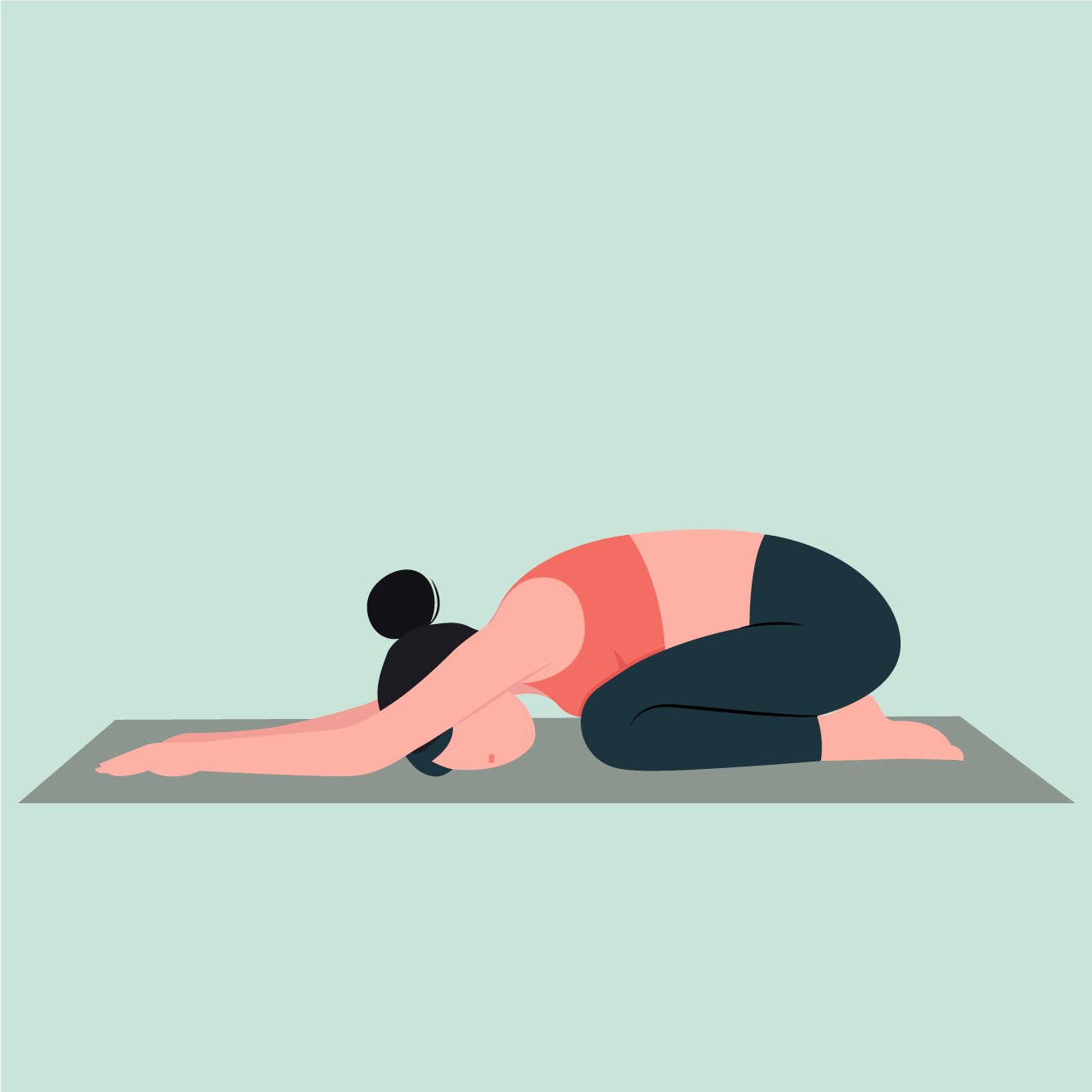Unlocking the Benefits: How Squatting Can Strengthen Your Pelvic Floor
When it comes to fitness and health, squats are often celebrated for their ability to tone the legs, glutes, and core. However, their benefits extend beyond visible muscle groups. Squatting is a highly effective exercise for strengthening the pelvic floor, a group of muscles that play a crucial role in supporting your internal organs, maintaining bladder and bowel control, and enhancing sexual health. Let’s dive into how squatting can benefit your pelvic floor and why you should incorporate this exercise into your routine.
What is the Pelvic Floor?
The pelvic floor is a network of muscles, ligaments, and tissues that stretch across the base of your pelvis. These muscles support your bladder, intestines, and for women, the uterus. They also help control the release of urine, feces, and, for women, vaginal contractions. A strong pelvic floor is essential for overall health and well-being.
The Connection Between Squats and Pelvic Floor Health
Engagement of Pelvic Floor Muscles: Squatting naturally engages the muscles of the pelvic floor. When performed correctly, squats can help activate and strengthen these muscles, similar to how Kegel exercises work. This engagement helps improve muscle tone and support.
Improved Posture and Alignment: Proper squat form encourages better posture and alignment of the pelvis and spine. This alignment reduces unnecessary pressure on the pelvic floor and promotes better muscle function and support.
Increased Blood Flow: Squats enhance circulation to the pelvic region, which can aid in the healing and strengthening of the pelvic floor muscles. Increased blood flow also supports tissue health and elasticity.
Core Integration: Squats are a compound movement that requires the integration of multiple muscle groups, including the core and pelvic floor. Strengthening the core in conjunction with the pelvic floor can provide better overall stability and support.
Functional Fitness: Squatting is a natural movement that mirrors everyday activities such as sitting, standing, and lifting. Strengthening your pelvic floor through squatting can improve your ability to perform these daily tasks with less risk of injury and strain.
Squatting has been shown to improve the strength and control of your pelvic floor and when done well and often, can reduce your risk of urinary leakage!
Get the basic movement pattern and muscle activation down first, then gradually add resistance, working up to a barbell squat.
How to Squat With Your Pelvic Floor
To maximize the benefits of squats for your pelvic floor, it’s important to focus on proper form and technique. Here’s a step-by-step guide:
Stand with Feet Shoulder-Width Apart: Position your feet about shoulder-width apart with toes slightly turned out. Make sure your weight stays in your midfoot and you can feel the ground evenly beneath both feet.
Engage Your Core: Before you begin the squat, engage your core muscles by exhaling, feeling your ribcage come down back and in and your navel draw in towards your spine.
Lower Your Body: Inhale and begin to lower your body by bending your knees and pushing your hips back, as if you are sitting into a chair.
Mind Your Knees: Ensure that your knees track over your toes and do not collapse inward. This helps protect your joints and maintain proper alignment.
Go As Low As Comfortable: Begin where you feel most comfortable. When learning a new movement pattern, it’s about the quality of movements, not quantity!
Engage the Pelvic Floor: At the bottom of your squat, consciously engage your pelvic floor muscles as you exhale. Imagine you are trying to stop the flow of urine midstream.
Rise Back Up: Push through your feet to return to the starting position, maintaining the engagement of your pelvic floor and core muscles. Think about lifting yourself up with your pelvic floor and deep core.
Breathe: Inhale as you lower into the squat and exhale as you rise back up, maintaining a steady and controlled breath throughout the movement.
Incorporating Squats into Your Routine
To see noticeable benefits, incorporate squats into your regular exercise routine. Aim for at least three sets of 10-15 repetitions, three times a week. You can gradually increase the number of sets and repetitions as your strength improves. Remember to listen to your body and avoid overexertion.
Conclusion
Squatting is more than just a lower body exercise; it’s a powerful movement that can significantly enhance pelvic floor strength and function. By incorporating squats into your fitness regimen, you can enjoy improved support, better bladder and bowel control, and enhanced overall well-being. Whether you’re looking to prevent pelvic floor issues or improve your current condition, squats are a simple yet effective addition to your health and fitness toolkit. Start squatting today and unlock the benefits for your pelvic floor!
Other Posts You Might Like
















